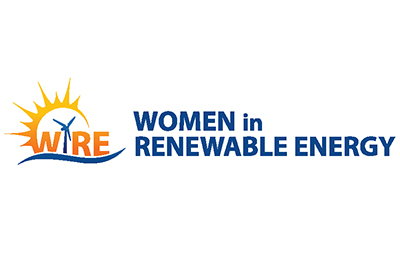2016 Growth in Solar Power Tops Every Other Fuel

Oct 30, 2017
New solar photovoltaic (PV) capacity grew by 50% last year, with China accounting for almost half of the global expansion, according to the International Energy Agency’s latest renewables market analysis and forecast. For the first time, solar PV additions rose faster than any other fuel, surpassing the net growth in coal.
Boosted by a strong solar PV market, renewables accounted for almost two-thirds of net new power capacity around the world last year, with almost 165 gigawatts (GW) coming online, according to the new report, Renewables 2017. Renewables will continue to have a strong growth in coming years. By 2022, renewable electricity capacity should increase by 43%.
“We see renewables growing by about 1,000 GW by 2022, which equals about half of the current global capacity in coal power, which took 80 years to build,” says Dr. Fatih Birol, the executive director of the IEA. “What we are witnessing is the birth of a new era in solar PV. We expect that solar PV capacity growth will be higher than any other renewable technology through 2022.”
This year’s renewable forecast is 12% higher than last year, thanks mostly to solar PV upward revisions in China and India. Three countries — China, India and the United States — will account for two-thirds of global renewable expansion by 2022. Total solar PV capacity by then would exceed the combined total power capacities of India and Japan today.
In power generation, renewable electricity is expected to grow by more than a third by 2022 to over 8,000 terawatt hours, which is equivalent to the total power consumption of China, India and Germany combined. By then, renewables will account for 30% of power generation, up from 24% in 2016. The growth in renewable generation will be twice as large as that of gas and coal combined. Though coal remains the largest source of electricity generation in 2022, renewables close the generation gap with coal by half in just five years.
Read more about the IEA report: https://www.iea.org/newsroom/news/2017/october/solar-pv-grew-faster-than-any-other-fuel-in-2016-opening-a-new-era-for-solar-pow.html
Graphic source: http://www.iea.org/renewables/










![Guide to the Canadian Electrical Code, Part 1[i], 26th Edition – A Road Map: Section 10 – Grounding and Bonding](https://electricalindustry.ca/wp-content/uploads/2022/11/Guide-CE-Code-2.png)





